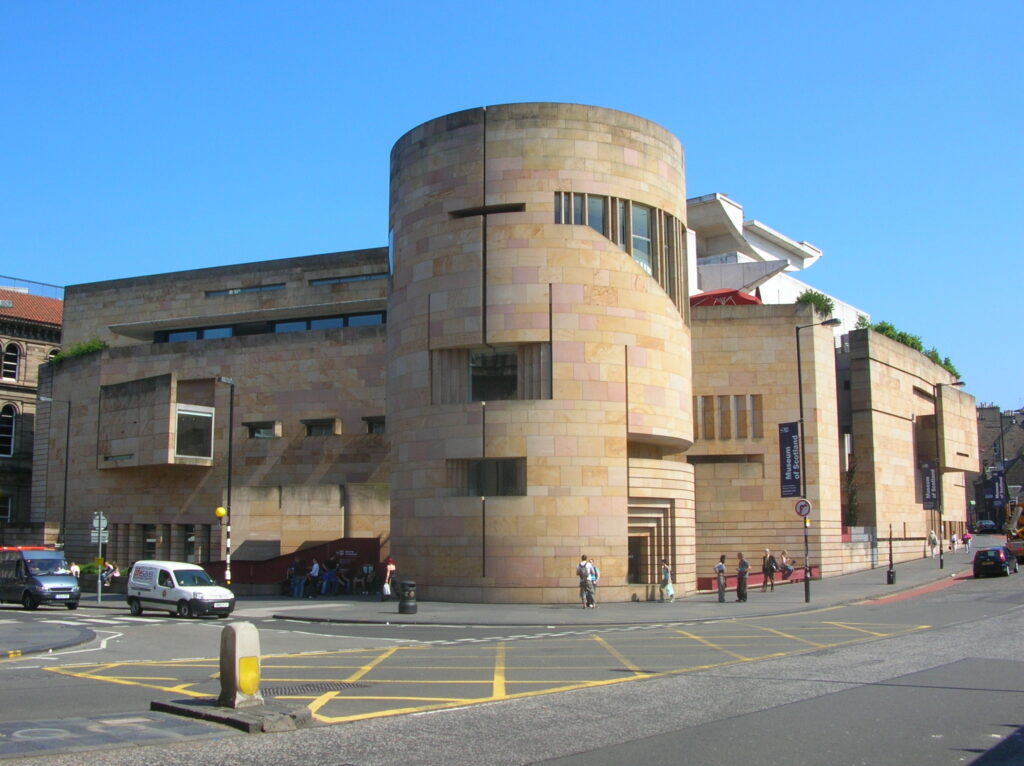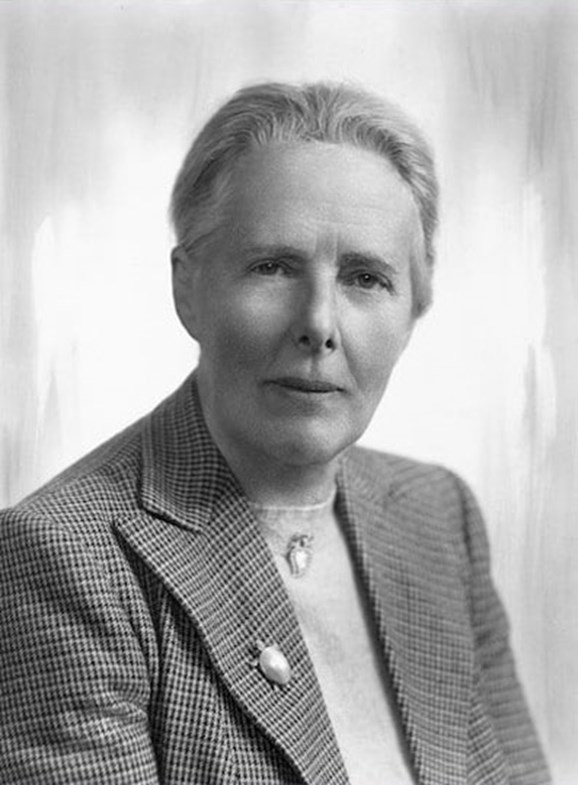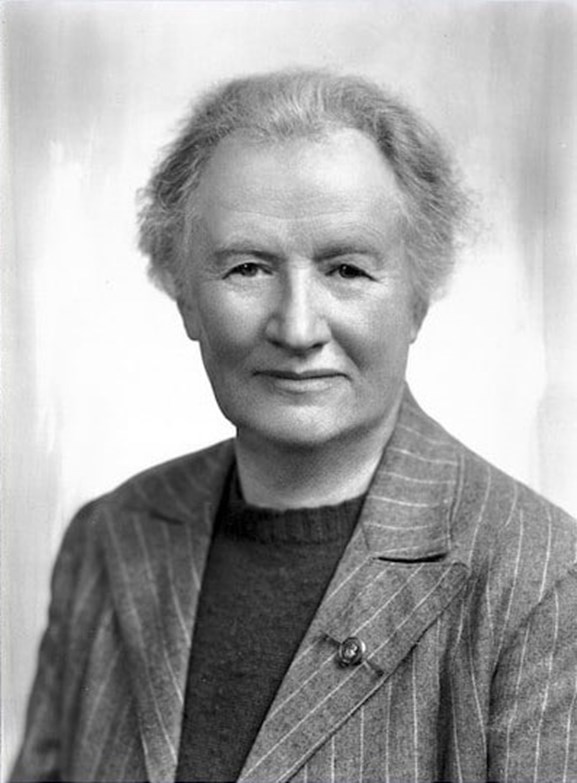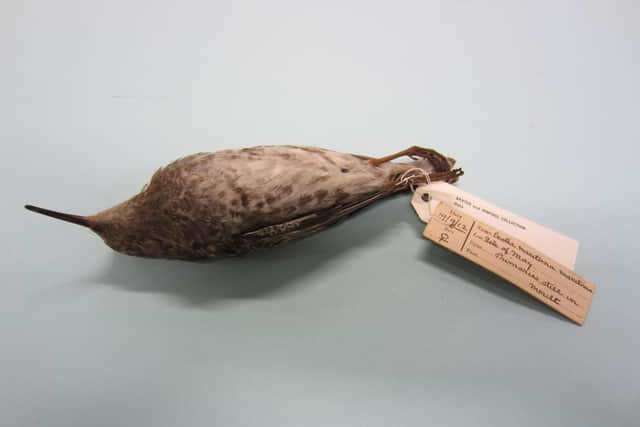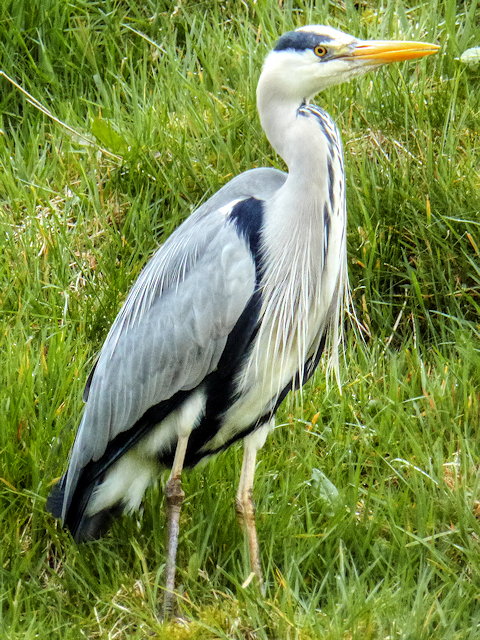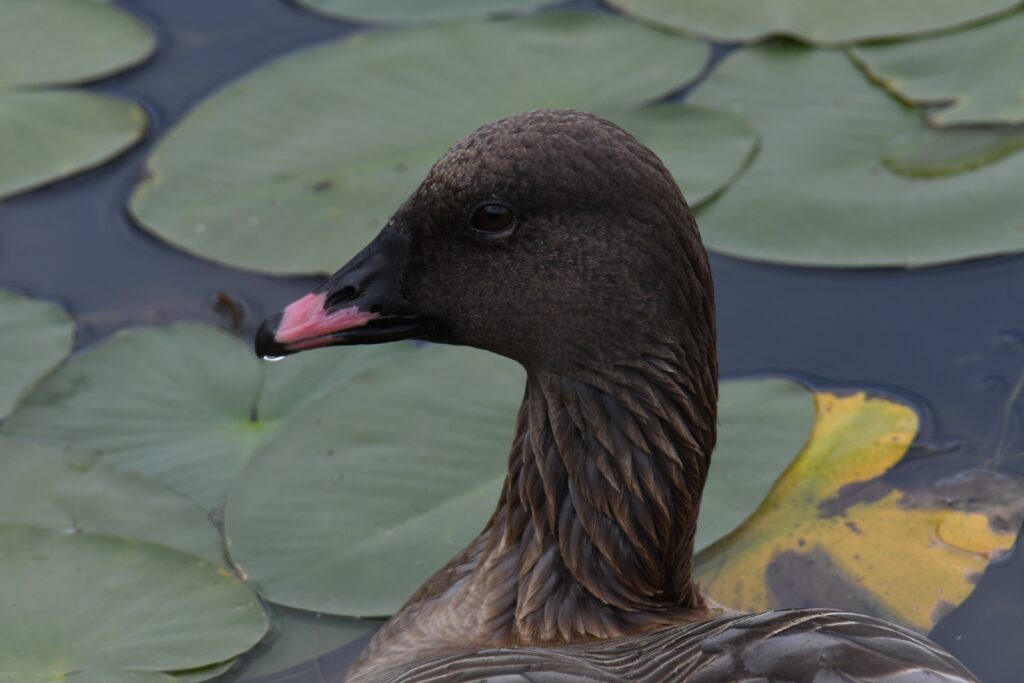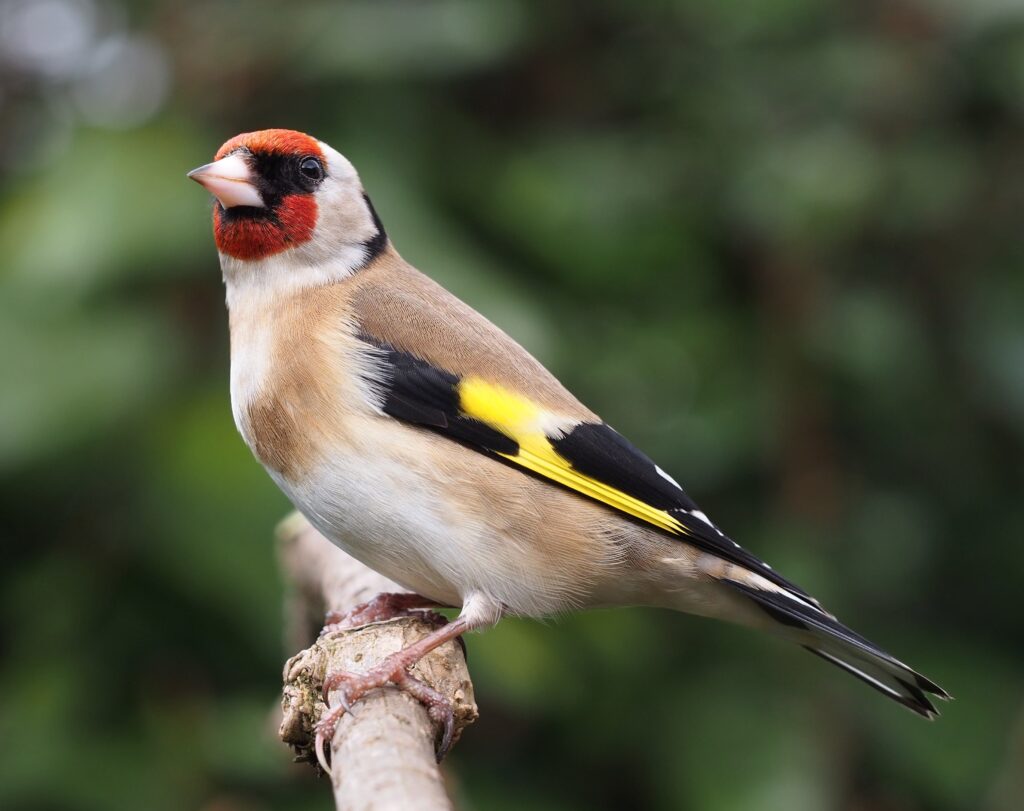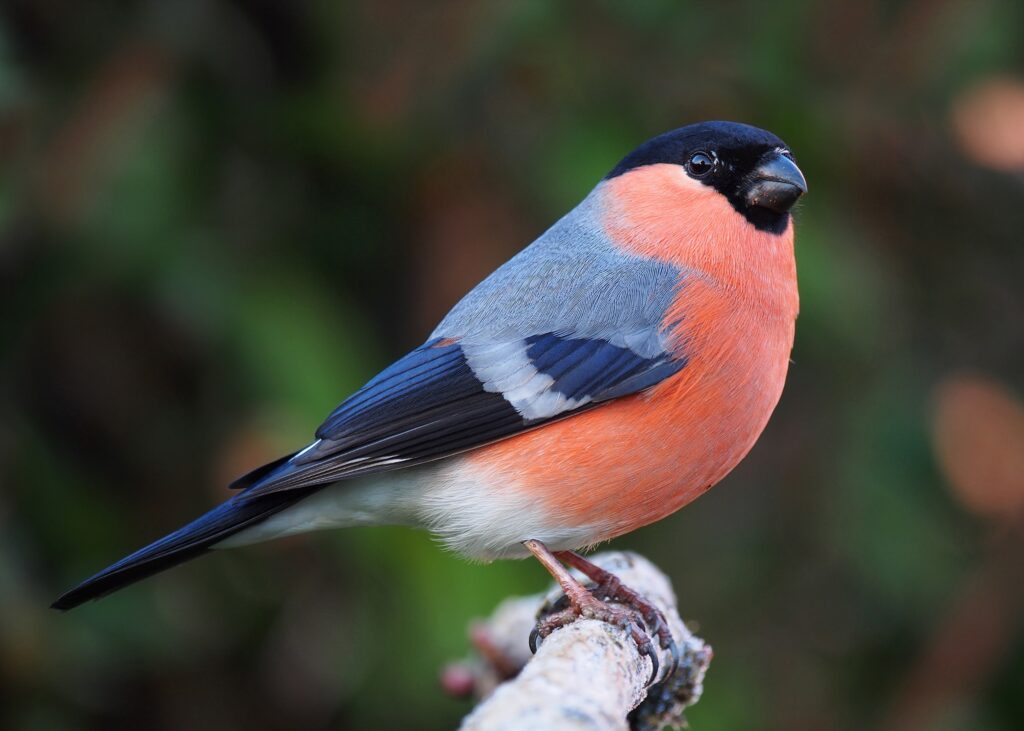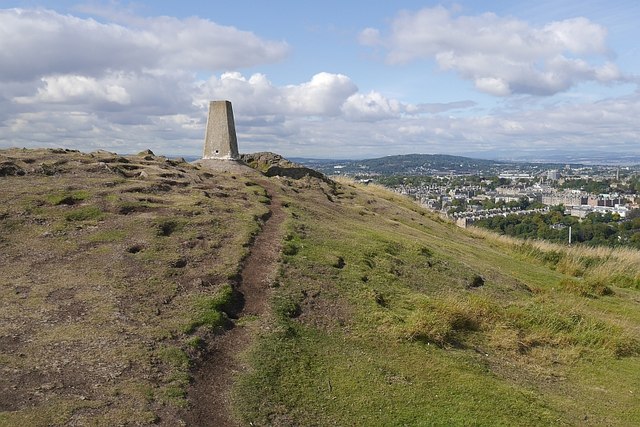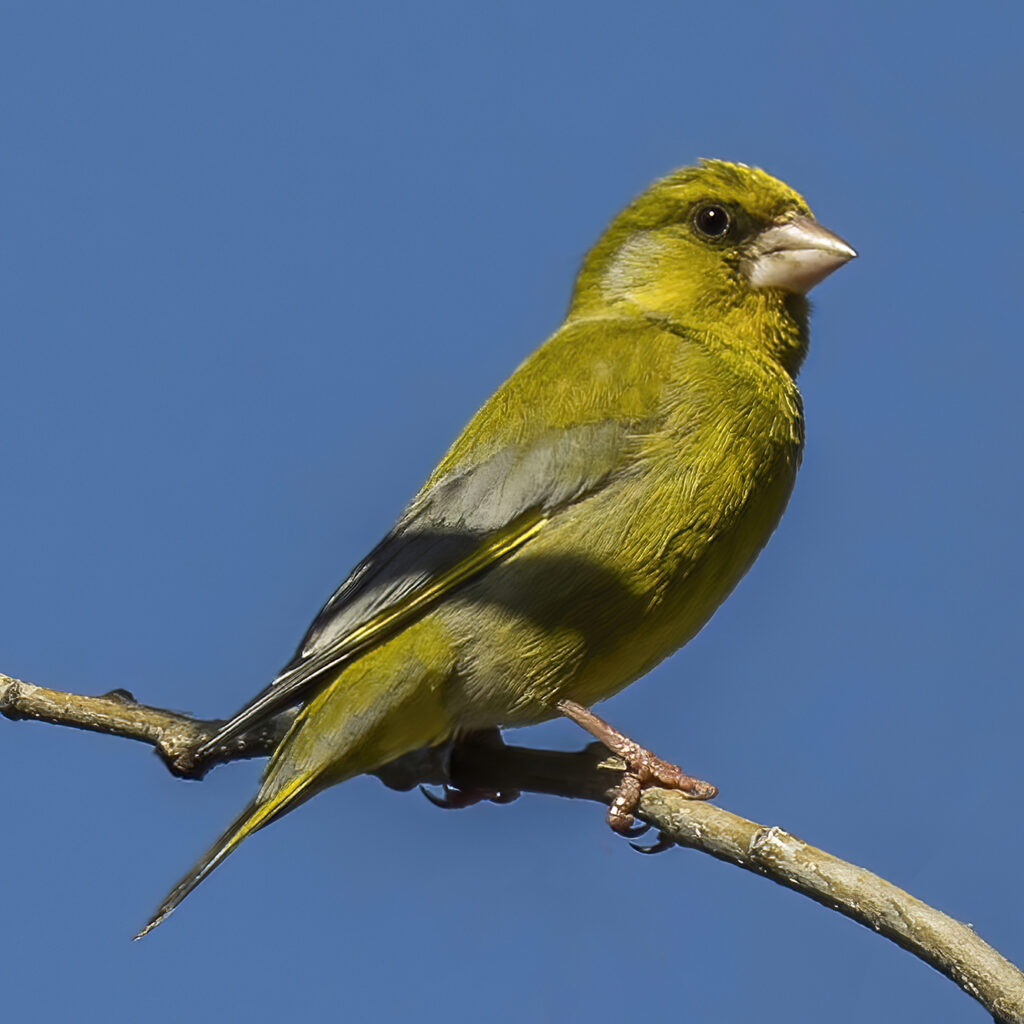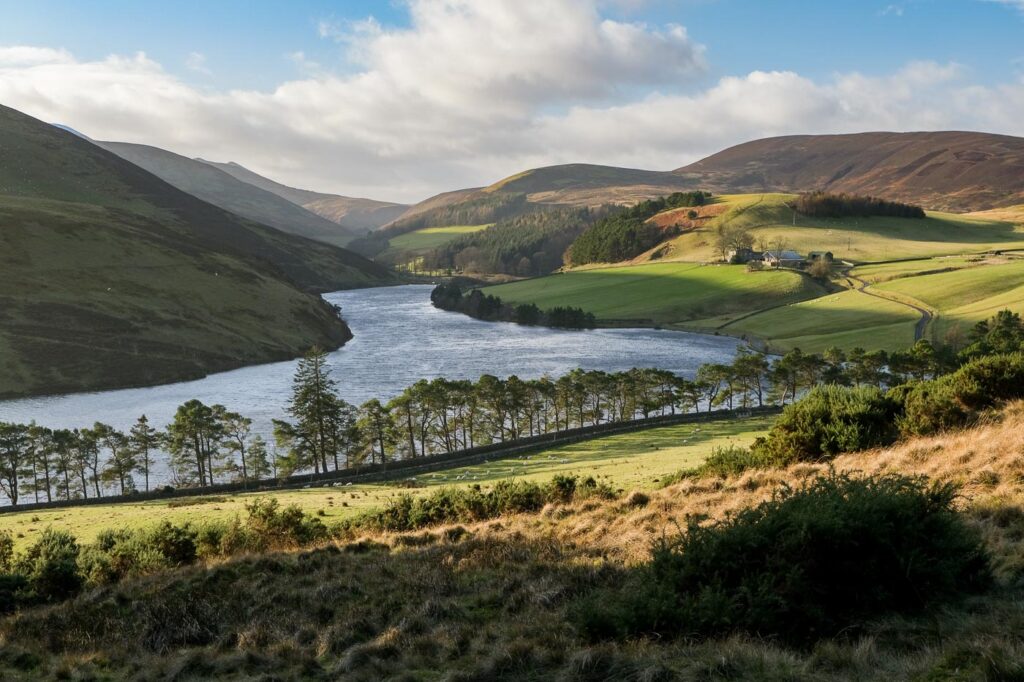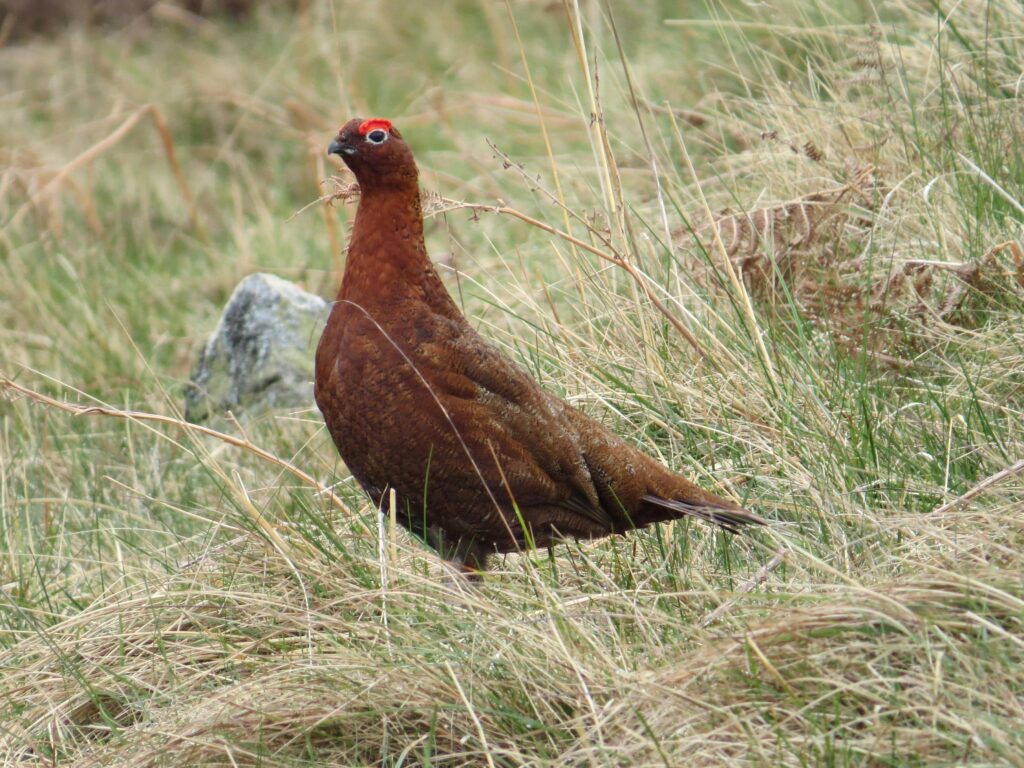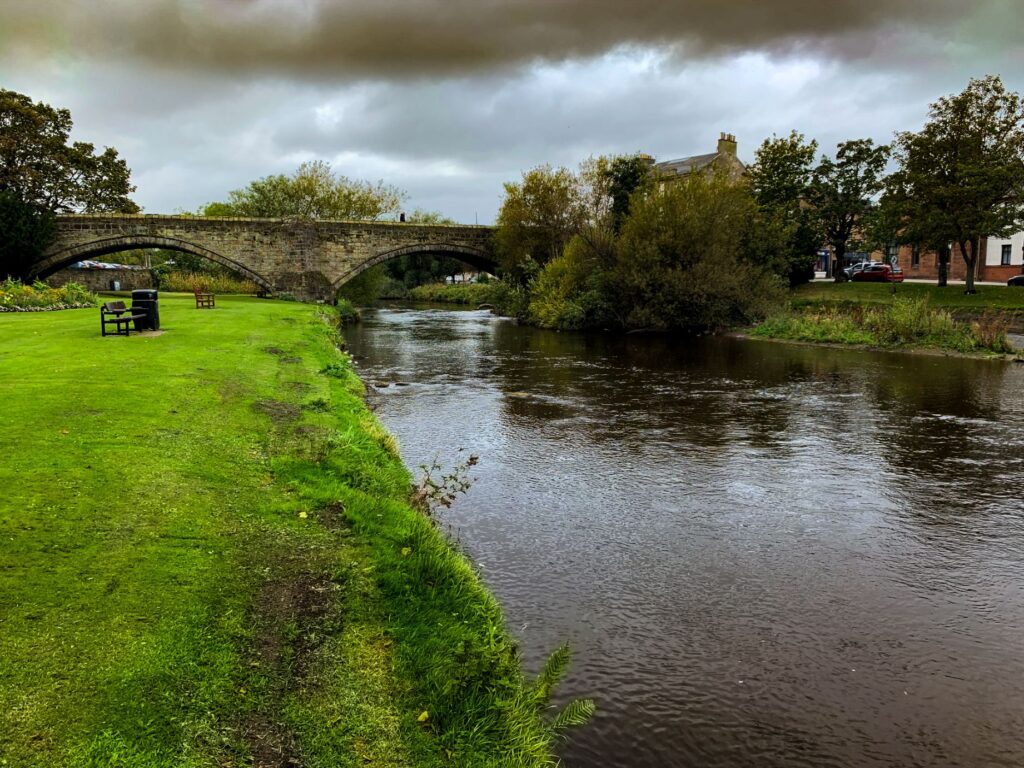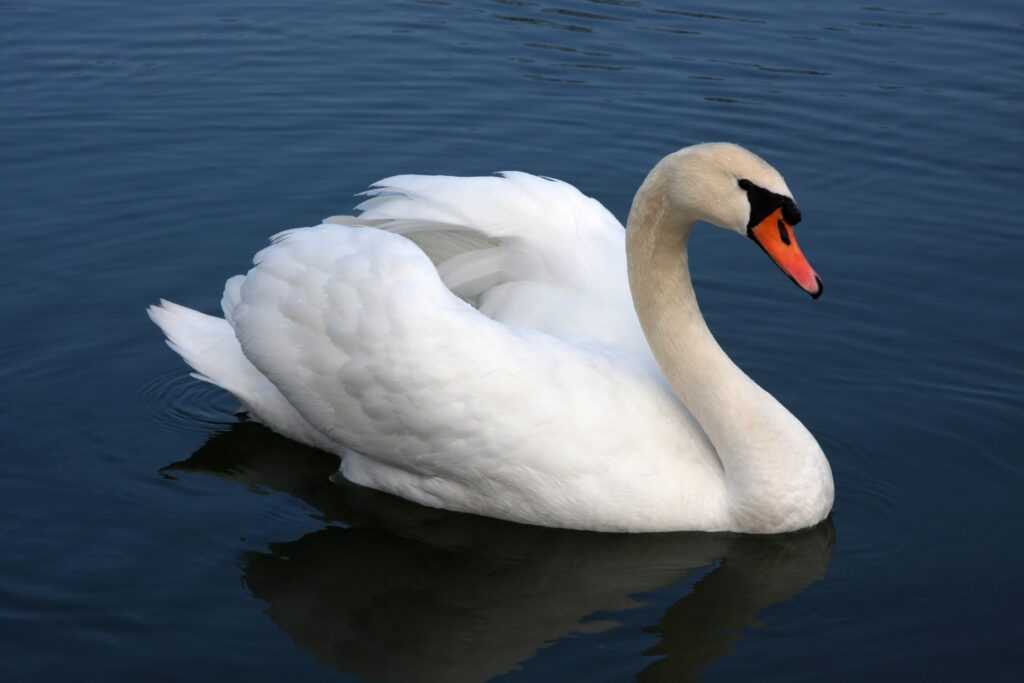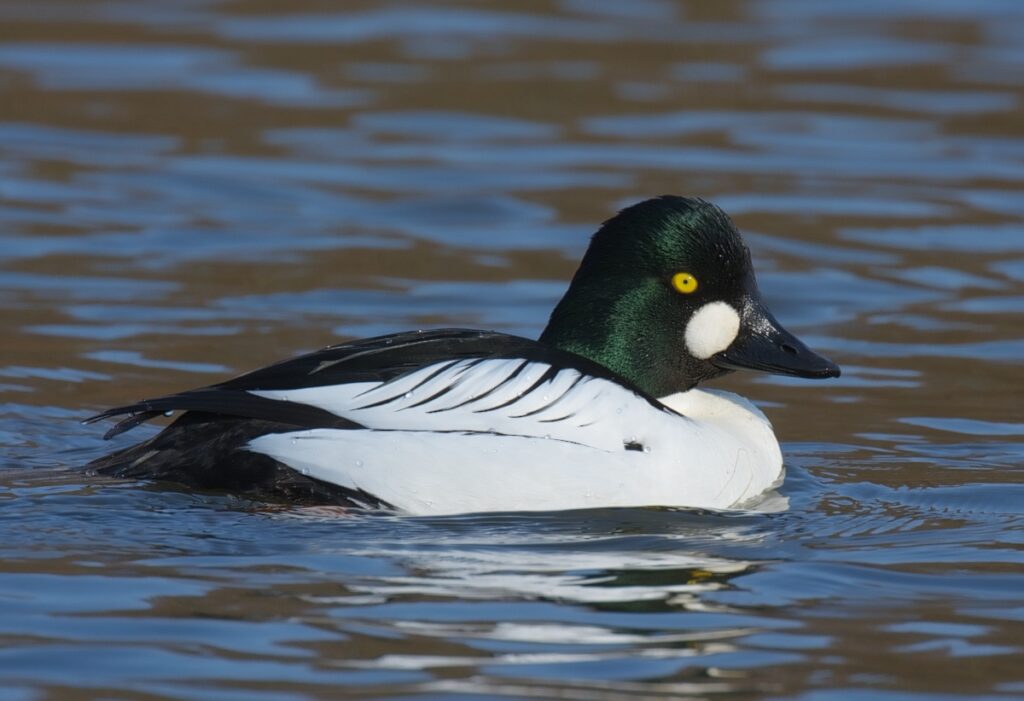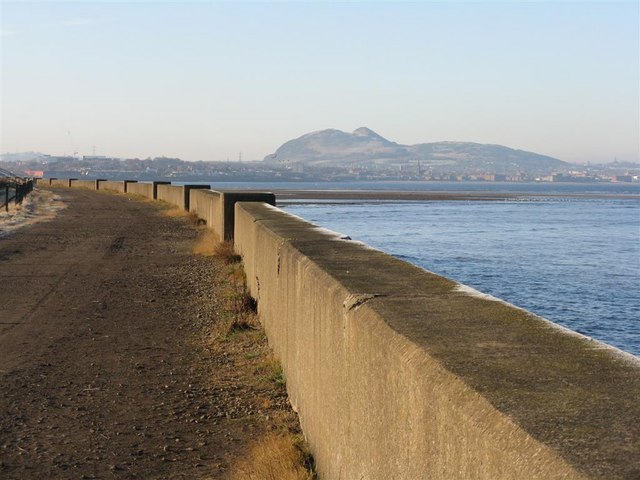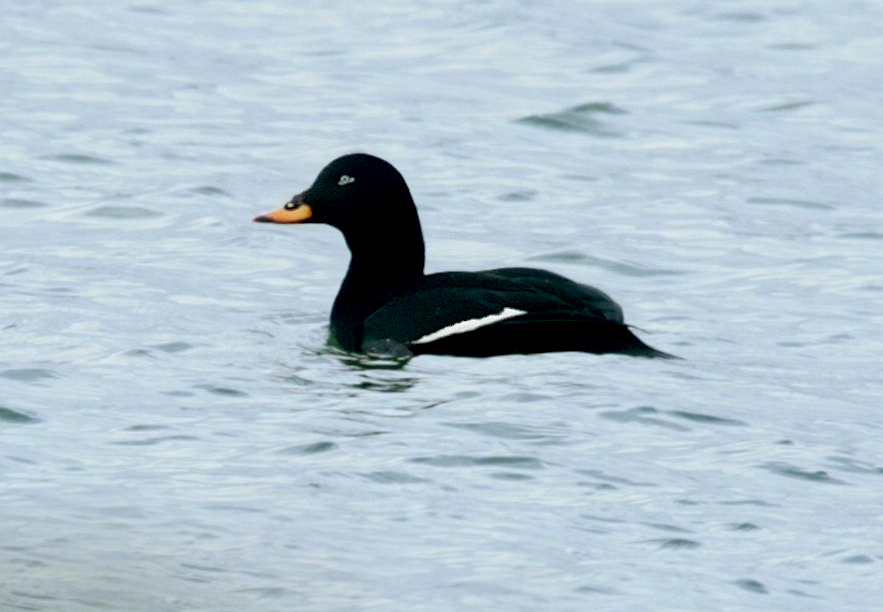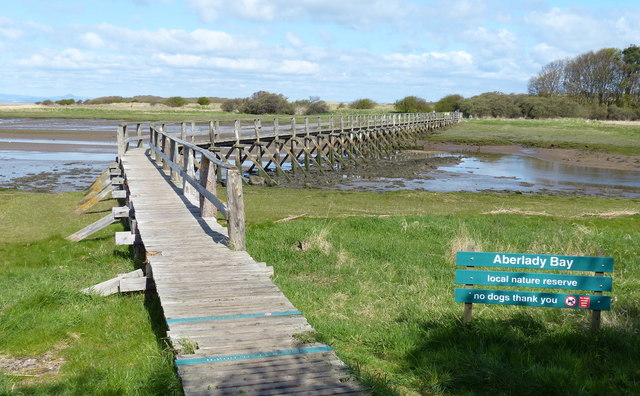Cramond Brig, Cramond, Edinburgh EH4 6DX
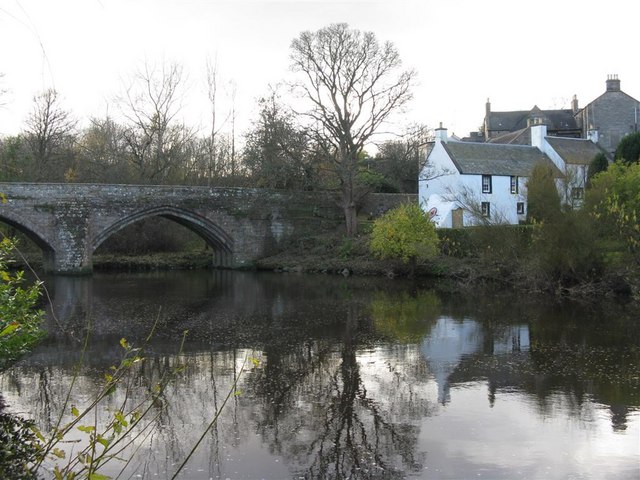
©M.J. Richardson, Wikimedia Commons
The River Almond Walkway follows the shores of the River Almond from Cramond Village. It is a great place to observe ducks, grebes and, in particular, the Dipper, a small river bird known to enjoy bathing and jumping in the water. The river is also a fishing ground for the Kingfisher. Also pay attention to bigger birds on the river such as Mallards, Goosanders and Mergansers. The river itself is not the only bird habitat; be sure to look up to see many Passerines in the trees, as well as Woodpeckers.
The starting point of the walk is here the Cramond Brig, a historic bridge built between the late 14th and early 15th Century, up to the seashore. Please note that not all stops are close to Edinburgh city centre and so do take this into account when planning to do the tour. There are good public transport links, e.g. bus to Cramond, bus or train towards North Berwick. The Isle of May and Bass Rock can be visited via the Seabird Centre (please book in advance as often sold out) or via organised tours from Anstruther in Fife.

©Walter Baxter, Geograph
Sources:
Wikipedia; Individual Researcher Walk

